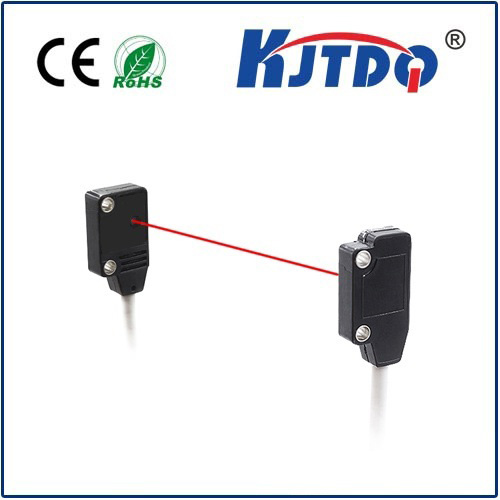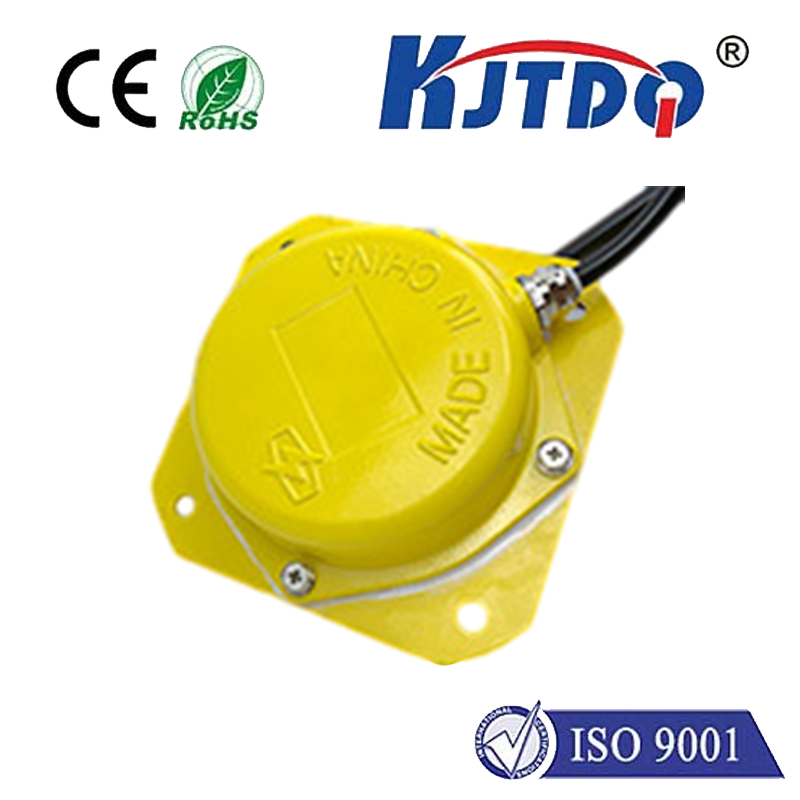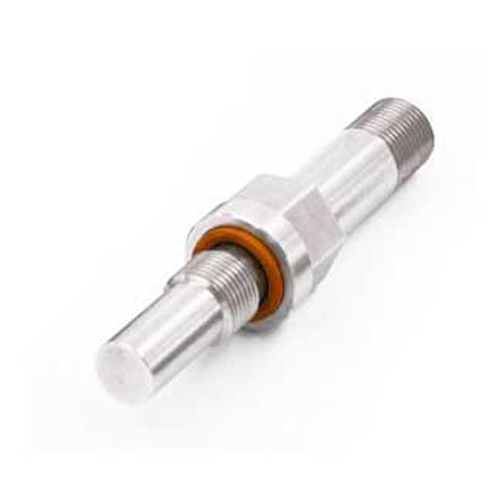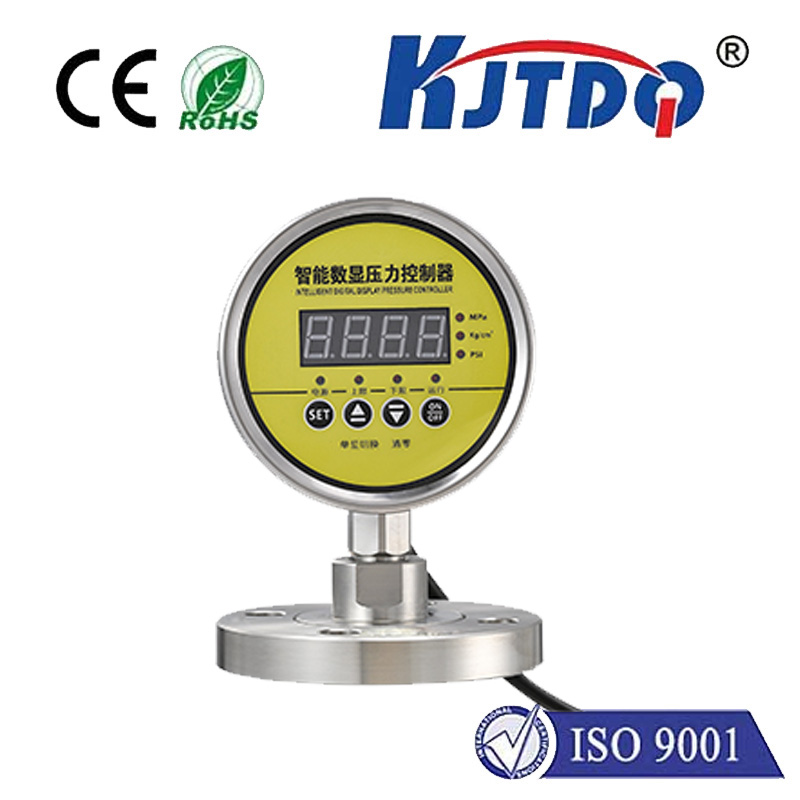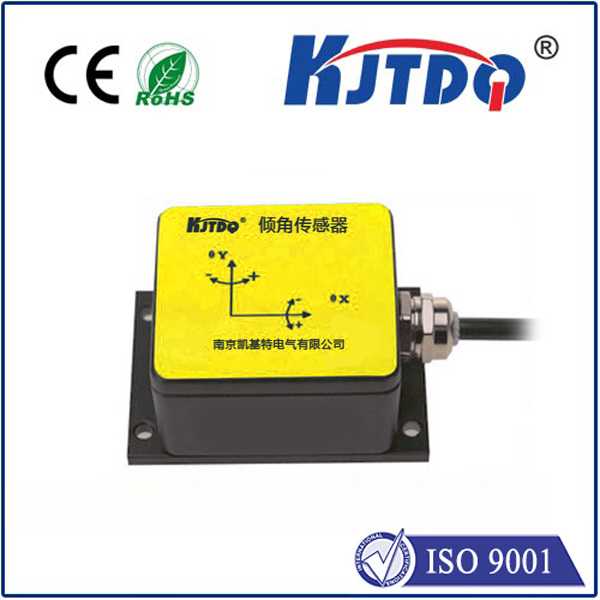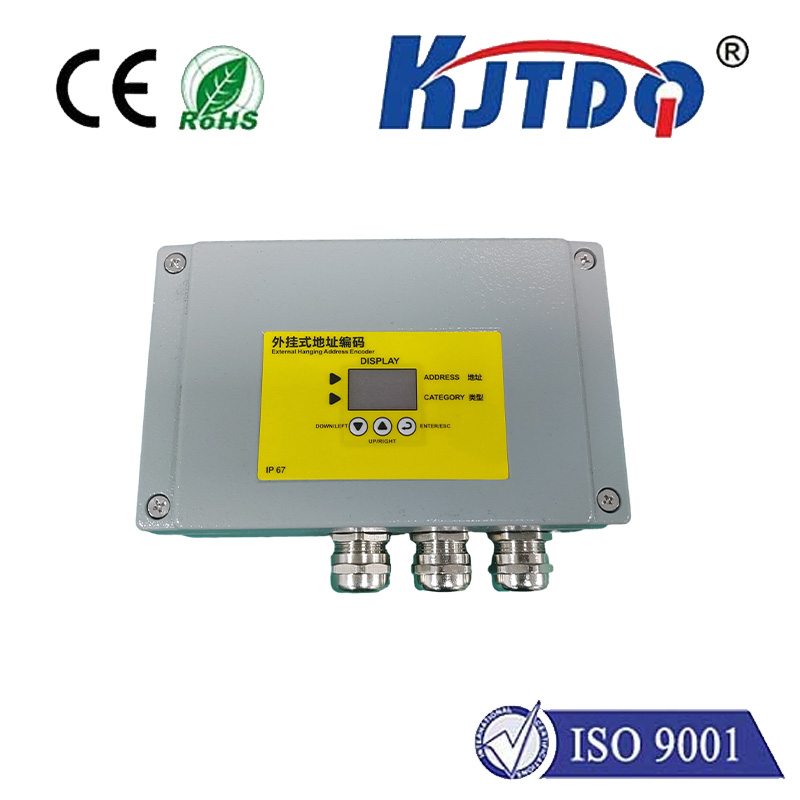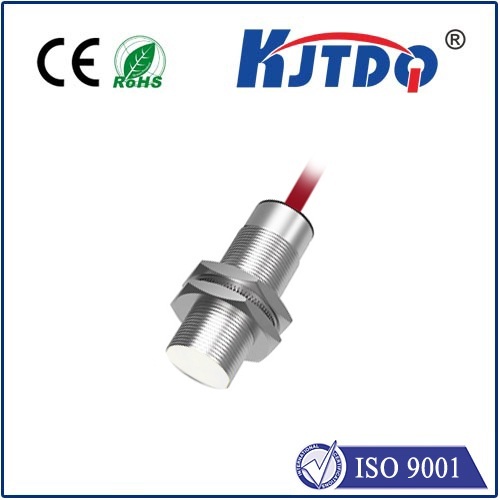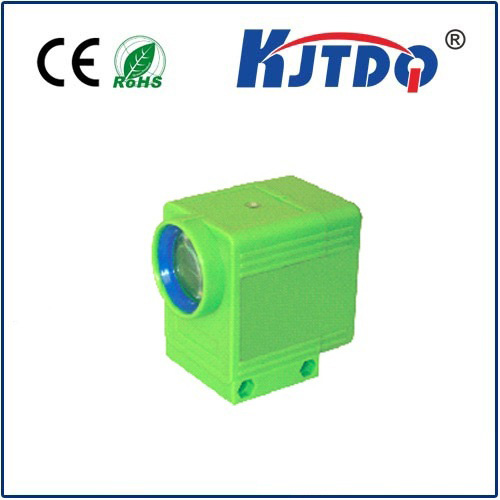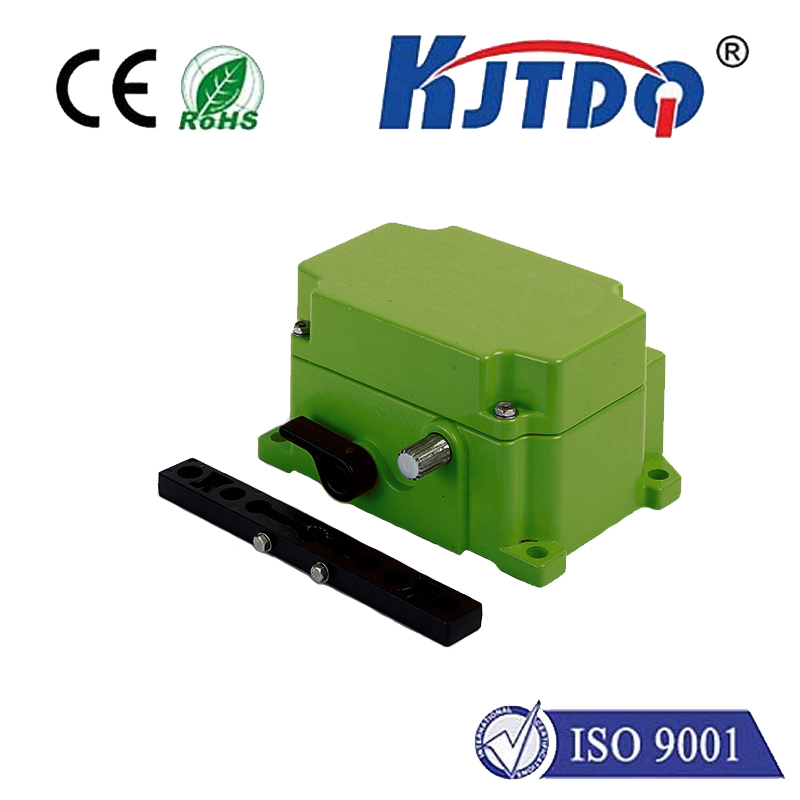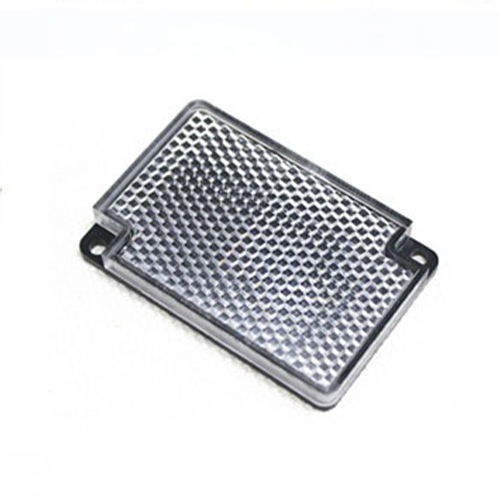

check

check

check

check

check

check

check

check

check

check
In today's fast-paced world, technology is constantly evolving, and new inventions are emerging to make our lives easier. One such invention is the M18 inductive proximity sensor, which has revolutionized the way we interact with electronic devices. This small but powerful sensor has become an indispensable part of modern technology, from smartphones and tablets to robotic systems and industrial automation.
The M18 inductive proximity sensor is a type of non-contact sensor that uses electromagnetic fields to detect the presence or absence of an object. It consists of a transmitter and a receiver, which work together to create a field that can be detected by nearby devices. When an object comes into contact with the sensor, it sends a signal to the transmitter, which then triggers the receiver to activate. This allows the device to determine the distance between the object and the sensor, as well as its orientation.
One of the key advantages of the M18 inductive proximity sensor is its versatility. It can be used in a wide range of applications, from simple touch sensors in consumer electronics to more complex sensing systems in industrial settings. For example, it can be used to detect when a user has finished typing on their keyboard, triggering a response such as turning off the screen or locking the computer. It can also be used in robotic systems to help them navigate obstacles and avoid collisions.
Another advantage of the M18 inductive proximity sensor is its low power consumption. Since it does not need to constantly send and receive signals, it can last for extended periods of time without needing to be recharged. This makes it an ideal choice for use in battery-powered devices, such as smartphones and tablets.
However, despite its many advantages, the M18 inductive proximity sensor is not without its limitations. One potential issue is its range limit. The sensor can only detect objects within a certain distance from its transmitter, so if the object is too far away, it may not be able to detect it. Additionally, the sensor may not work well with certain types of materials, such as metal or glass, which can obstruct or reflect the电磁波 used by the sensor.
Despite these limitations, the M18 inductive proximity sensor has proven to be a valuable asset for modern technology. Its ability to detect the presence or absence of an object at a distance has made it an essential component in many applications, from home automation systems to medical devices. As technology continues to evolve, it is likely that we will see even more innovative uses for the M18 inductive proximity sensor.
